[ad_1]
When it comes to building effective social media ad campaigns, the biggest question isn’t “how much should I spend?”
It’s “for every dollar I spend, how much do I get back?”
In other words, it’s all about return on investment (ROI) — how are ad spending and customer conversion linked? Understanding this connection makes it less important how much you spend, and instead lets you focus on the impact of your social ads. In this piece, we’re taking a look at how to measure social media marketing ROI and offering a look at eight tools to help streamline the process.
Feel free to jump ahead to:
How to Measure Social Media Marketing ROI
Expert Tips on Measuring Social Media ROI, According to G2 and Dropbox
How Much Should You Spend on Ads?
8 Best Social Media ROI Measurement Tools
What is Social Media ROI?
Social media ROI is a measure of the benefits delivered by social media marketing campaigns compared to the total investment on these campaigns — including money, time, and effort.
ROI is a measure of spend versus value: If I spend “X” amount, how much do I get back? The best-case scenario is an ROI greater than one, where companies get back more than they spent on an investment.
Consider a manufacturing company buying a new piece of production line equipment that costs $10,000 but brings in $20,000 worth of revenue each year. The result is a positive ROI and a worthwhile investment. While measuring social media ROI isn’t quite as straightforward since companies need to account for the reach and impact of specific ad campaigns, the underlying concept is the same: Over time, the goal is to get back more than you spend.
While specific measurement timelines and media metrics will differ, the role of ROI remains the same.
How to Measure Social Media Marketing ROI
One of the most popular and data-driven ways to measure social media marketing ROI is through paid advertising. The problem arises, though, when there isn’t a sound strategy in place to yield a positive return on investment.
How does this happen? Typically, social media marketers build an AdWords campaign to rank for important search terms. The campaign drives clicks, traffic, and leads, but ultimately the ad spend outweighs the impact of the ads which is bad news for ROI.
These marketers end up learning a really expensive lesson, one that could be easily prevented by following these simple steps:
1. Develop a Budget.
Ads aren’t right for everyone. Some industries have extremely high competition with astronomical CPCs. Some products have too low of an average sales price for the economics to work.
To determine if ads are worth your time, start by building a budget. This isn’t always an easy task, especially considering the hit many marketing budgets have taken over the past two years. According to Tequia Burt, Editor in Chief of the LinkedIn Marketing Solutions Blog, market knowledge is a key component of this process. “As marketing leaders evaluate their budgets and organize their plans for the year ahead,” she says, “a bit of context and clarity can lend helpful structure.”
Consider that 76% of companies plan to boost spending across areas such as branded influencer content, ads in social media stories and ads in social media feeds. Knowing where and when this spending makes the most sense is critical to drive ROI.
Featured Resource: Budget Templates To Manage Your 2022 Spend
Download Free Marketing Budget Templates
2. Continually Evaluate Ad Performance.
Try not to look at ads as a shortcut. It’s possible to get to a place with ads where they become a recurring source of profit, but typically that’s not how things start.
Don’t be surprised when a week after your campaign launches your ads aren’t generating tons of profit. “Around 80% of businesses online feel that they deliver great assistance via social media, but only 8 percent of their customers agreed,” says John Kopanakis, professor of Business Intelligence at Hellenic Mediterranean University. “Despite putting in a lot of effort, many marketers hardly reach their targeted sales. It is because they struggle to measure the impact of their social media efforts on their sales.”
As a result, incremental improvements in clickthrough rates and conversion rates can have a huge impact on profit. Use the ads calculator to explore the impact these changes could have. Watch your ads like a hawk for the first month and you’ll avoid big mistakes.
3. Make Sure You’re Amplifying the Right Message.
Ads act like a megaphone to amplify your marketing campaigns and content. The more complete and well-developed your campaigns are, the better your ads will perform.
As noted by Samuel Bu, Marketing Director at FortuneNote Chinese Business Magazine in a recent LinkedIn Pulse post, it’s also critical to find the right channel for your business. While he highlights LinkedIn as a great way to generate leads and calls out Facebook’s huge impact on the social market, he also highlights challenges with platforms such as Instagram. Why? Bu says “Most likely, Instagram falls short of producing strong ROI due to its more intangible metrics — such as brand awareness, reputation, loyalty, and consumer engagement.”
Think about it: Which ads do you think perform better? Those promoting your homepage or those promoting a remarkable piece of content that helps someone?
Bingo. Those promoting awesome content.
Campaigns that use ads should be treated like other campaigns. Establish your goals first, build great content, focus your message and optimize your landing pages, then figure out how ads can help amplify your message. Taking this combined approach and only using ads as a strategic component of your marketing campaigns will pay off.
Expert Tips on Measuring Social Media ROI, According to G2 and Dropbox
To further investigate how to effectively measure social media ROI, I spoke with social media experts at G2 and Dropbox.
Let’s dive into their tips now.
1. Determine goals for each channel, and re-evaluate those metrics often.
Measuring ROI requires understanding how your social efforts contribute to the company’s bottom line — but this isn’t always a straightforward, one-to-one link.
For instance, the first time someone engages with a social post, they might not immediately purchase a product. Instead, maybe they decide to follow your brand on Instagram, and end up purchasing a product later on.
To accurately measure ROI, then, it’s vital you determine which social media metrics matter most to your team.
As Jenny Gardynski, Director of Communications at G2, told me, “When it comes to our organic social media presence, we look at metrics that demonstrate both our reach and engagement – in support of driving G2’s brand awareness. Key metrics we measure include follower count, impressions, and post link clicks.”
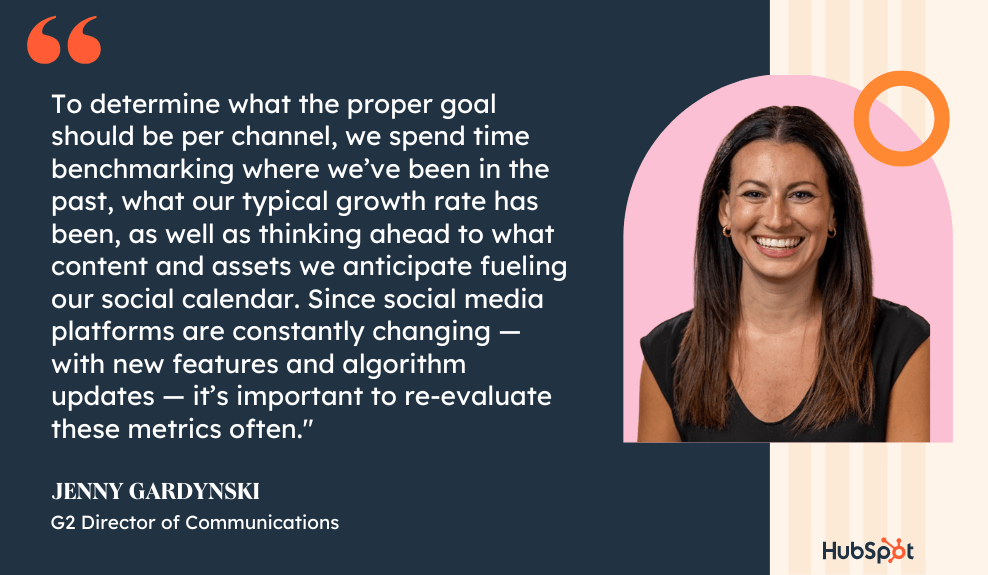
Already a HubSpot customer? Click here for 20% off eligible G2 plans, and receive a free tour of G2 Buyer Intent data for your business.
Identifying specific goals for each campaign will help you accurately measure your social ROI. For instance, if your goal for your upcoming organic social campaign is to increase follower count by 3%, then hitting or exceeding that number demonstrates positive ROI.
Gardynski continues, “To determine what the proper goal should be per channel, we spend time benchmarking where we’ve been in the past, what our typical growth rate has been, as well as thinking ahead to what content and assets we anticipate fueling our social calendar. Since social media platforms are constantly changing — with new features and algorithm updates — it’s important to re-evaluate these metrics often.”
Determining historical data is a vital component of measuring ROI. This enables you to measure how your content typically performs on a given channel, and determine which area(s) of your social strategy are most effective.
2. Identify which metrics best translate into success for your social team.
There isn’t a one-size-fits-all approach to measuring ROI because ROI depends on each social team’s individual goals.
Susan Chang, Dropbox’s Director of Social Media, told me, “Anyone that works in social media knows that there is no shortage of metrics to track, which means that there are many different ways to measure ROI.”
A couple common metrics you might measure include:
- Audience Growth Rate
- Social Media Impressions
- Social Media Conversion Rate
- Social Media Engagement Rate
- Customer Response Rate
- Influencer Campaign Metrics
- Traffic to Brand’s Website
… And many others.
Ultimately, each social team has its own unique objectives. For instance, Chang says, “It’s up to the social media team to design a program and set goals that are customized to their brand’s objectives and priorities. Sometimes, a brand will prioritize engagement rate, because their goal is to build community and create two-way conversations between their brand and their customers.”
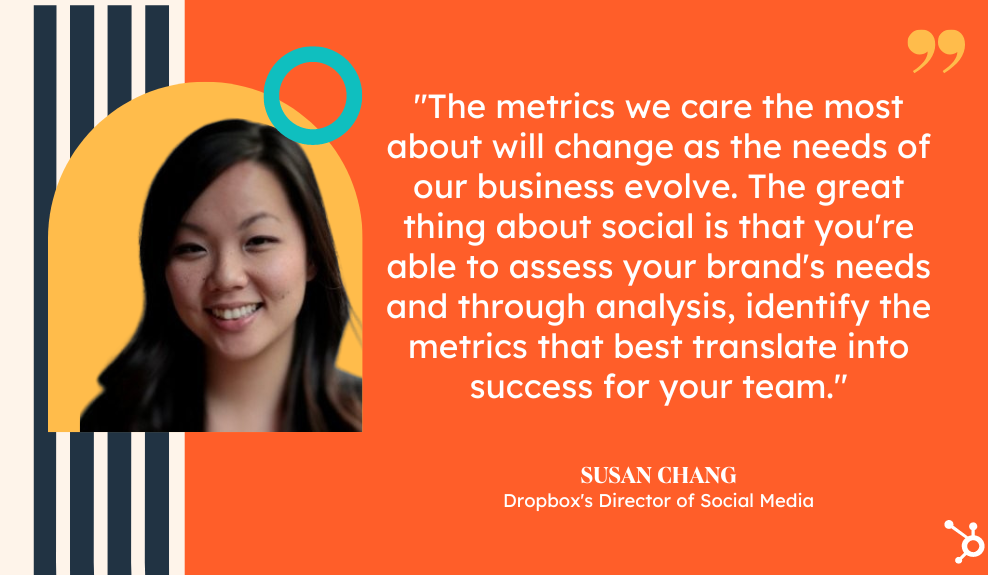
“Other times,” she continues, “a brand cares most about conversions because they’ve invested in paid social as a viable source of revenue. Or, maybe the highest priority metric is traffic or CTR to an owned website because their goal is to educate their users and raise awareness about their brand’s capabilities.”
Chang adds, “The metrics we care the most about will change as the needs of our business evolve. The great thing about social is that you’re able to assess your brand’s needs and through analysis, identify the metrics that best translate into success for your team.”
3. Evaluate a paid campaign’s impact on Marketing Qualified Leads (MQLs).
To measure the ROI of a paid campaign, you’ll want to evaluate the leads or customers you converted through your ad.
Achieving positive ROI on a paid campaign can be difficult. Oftentimes, brands end up spending more money than they get back. That’s where intent-based targeting becomes critical.
Laura Grass, G2’s Senior Marketing Manager, Enterprise & ABM, says, “When it comes to paid social, our primary focus is evaluating a campaign’s impact on Marketing Sourced Pipeline — which is evaluated by measuring the number of Marketing Qualified Leads (MQLs) — as well as the MQL to Sales Qualified Lead (SQL), conversion rates, and later on, the number of open opportunities and their contract values.”
Grass adds, “We also look at metrics that reflect efficient campaign performance (including click-through rate, cost-per-click, and cost-per-lead or cost-per-conversion). Because we’re big believers in meeting people where they are in their buying journey, we leverage our own G2 Buyer Intent Data to retarget audiences that have engaged with our product page and other software in our categories on G2.”
You might also consider leveraging intent data in your next social media campaign to target a smaller, more qualified subset of people. This can help you minimize the chance of a negative ROI by ensuring you’re reaching people who’ve already shown interest in your brand.
As Grass puts it, “This tends to narrow the campaign audience to in-market prospects, thus often increasing CPC and CPL from the get-go. But we tend to see the payoff in the pipeline. We consistently see higher conversion rates and higher ACV on paid social campaigns as a result of intent-based targeting, making the investment upfront well worth it.”
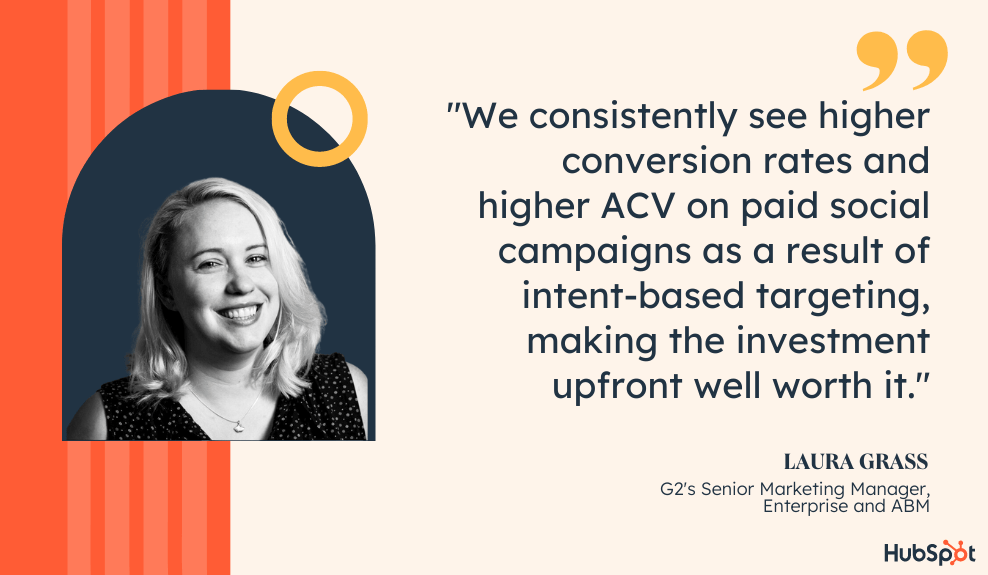
Sync your G2 Buyer Intent Data with HubSpot to enhance your sales process and close new customers.
How Much Should You Spend on Ads?
Assuming you’ve run the numbers and now know what you can expect in terms of profit and ROI, it’s time to launch a campaign. To do this you’ll have to make two budget decisions, regardless of where you are advertising:
- Total campaign budget or duration: How much do you plan to spend in total? How long will the ads run for? Be aware that if you don’t set a limit there will be no maximum or end date.
- Daily budget: How much do you want to spend a day?
There are two ways most marketers use ads, short-term and long-term. Let’s take a look at both …
Short-term ads. Budget = at least a few hundred dollars over a month.
When marketers use ads for a short-term goal, it’s usually to jump-start a campaign or boost content that needs a bump. These ad spends are generally smaller and shorter, but can be large.
If you have a few hundred dollars to spend, spend it this way. Create a social post that promotes a piece of content and then use your ads to boost the post. Facebook, Twitter, and LinkedIn all have good solutions for this. Make sure you use the social network that gives you the best targeting for your persona and returns the most valuable leads. Measure this by assessing the quality of the leads generated after the campaign.
Long-term ads. Budget = at least a few thousand dollars over a quarter.
Ads can be a great solution in a pinch but if you really want to use ads strategically build them into your overall marketing strategy. This means more consistent, quarterly ad spends.
Consider how potential customers make purchase decisions and use ads to influence them. This may mean always relying on search ads or retargeting to make sure prospects find you when they are ready to buy. You’re more likely to accumulate better data taking this approach, which will allow you to get more sophisticated in how you optimize your ad spend.
Given the quickly-changing nature of social media platforms and posts, it’s worth considering social media ROI tools to help stay on top of spend and revenue measurements. Here’s a look at eight great options.
8 Best Social Media ROI Measurement Tools
- HubSpot
- Hootsuite
- Sprout Social
- Cyfe
- Google Analytics
- Buffer
- Keyhole
- Social Mention
1. HubSpot
The HubSpot Advertising ROI Calculator makes it easy to narrow down when and where it’s worth spending on social ads.
Start by inputting your projected monthly budget, then your expected cost-per-click (CPC), target conversion rate, average sale price and lead to customer rate to get a general idea of your ROI on advertising spend. Use the calculator regularly to reevaluate your campaigns and make sure they’re delivering on key metrics.
2. Hootsuite
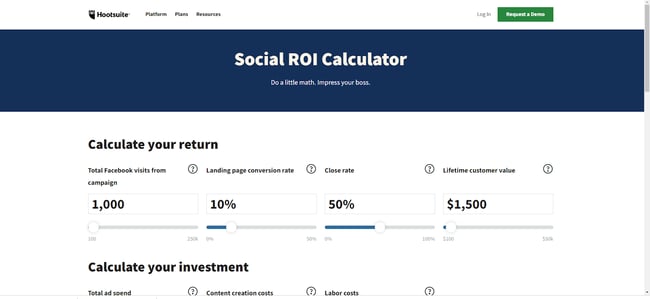
Hootsuite also offers a free Social ROI Calculator that lets you input ad spend data to determine potential ROI. While it uses slightly different metrics and has a different setup than the HubSpot version, the general function is the same: Input your data to see where it makes sense to spend on ads and where the return may not justify the investment.
While both offer a solid starting point for ROI, we’re naturally biased toward the HubSpot version.
3. Sprout Social
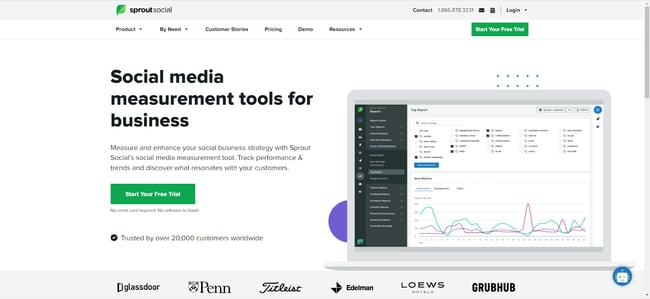
Next up is Sprout Social. Unlike HubSpot and Hootsuite, you’ll need to sign up for a free trial to access Sprout Social’s ROI calculator. After 30 days, it’s $99 per month if you want to keep using the tool.
Depending on your current ad campaign and ROI goals, however, the cost may be worth it. Sprout’s tool offers message-level insights to see which posts are proving their worth along with follower, engagement, and keyword analytics that cover the entire publishing process from draft to queue to posting.
4. Cyfe
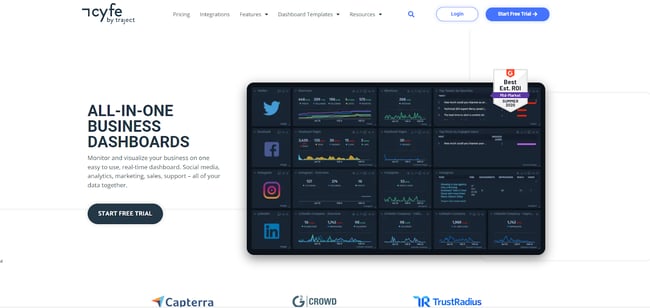
Cyfe provides a set of all-in-one business dashboards that provide insights across key social platforms such as Twitter, Facebook, Instagram, and LinkedIn. Easily monitor what ads are being posted, how they’re performing, and how users are interacting with your campaign efforts.
Cyfe comes with a 14-day free trial. After that, it’s $19 per month for two dashboards and one user.
5. Google Analytics
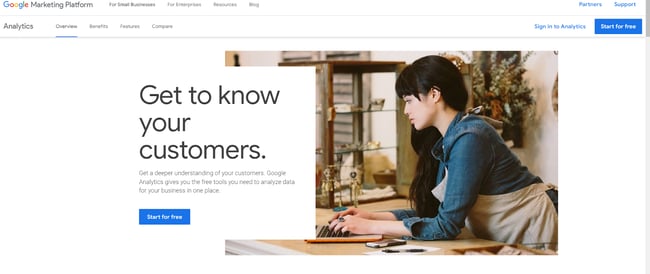
Google Analytics is familiar, free, and functional. While it doesn’t have the same laser-focus on social media as some other offerings on our list, it comes with the advantage of access to massive data sets, and also helps inform social advertising SEO, which is critical to any effective campaign.
To see how your social ads are performing at a high level, first log into your Google Analytics dashboard. From there, select Acquisition, then All Traffic, then Channels. This will bring up a list of your traffic sources, including those from social sites, in turn helping you get a general sense of how social ads are working to drive revenue.
Featured Resource: The Ultimate Google Ads PPC Kit
6. Buffer
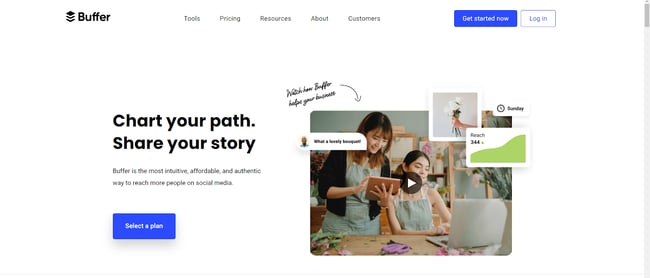
Buffer is an all-in-one social media marketing and ROI tool that’s designed to simplify the process of measuring and managing ads. The tool streamlines the creation of social ad content and lets you measure impact in just a few clicks to see what’s working, what isn’t, and what needs to improve.
If you’re just getting started with social media ads, Buffer has a free plan that lets you manage up to three channels with basic tools. From there, plans start at $5 per month for “Essentials”, $10 per month for “Team” and $100 per month for “Agency”.
7. Keyhole
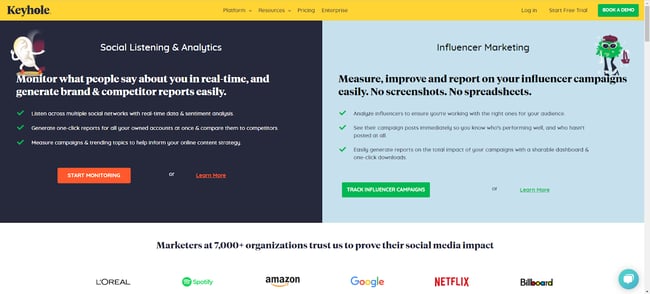
Keyhole lets you accomplish two key tasks: Listen to what people are saying about your brand in real-time and monitor the impact of your influencer marketing campaigns.
The first is critical because customer sentiment is a solid bellwether when it comes to ad effectiveness. If the number of people talking about your brand is going up — and if most of what they have to say is positive, you’re on the right track.
Influencer marketing reports, meanwhile, help keep tabs on influencer partners who exist outside your business ecosystem but offer potential benefits for your brand, as long as they’re posting consistently and in line with your messaging.
8. Social Mention
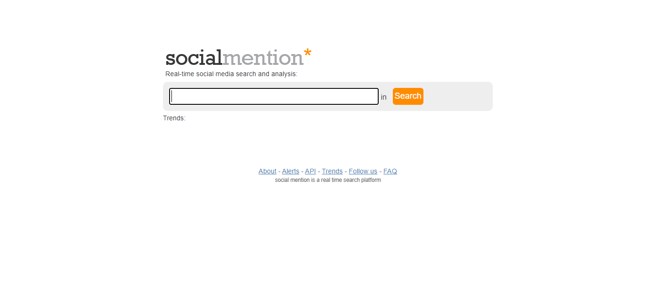
The simplest tool on our list, Social Mention lets you search any keyword or key phrase for recent social mentions.
In practice, companies can use Social Mention to see what’s currently trending and what opportunities exist to target specific keywords, and can then follow up after ads have gone live to see how campaigns are performing.
Getting the Biggest Social Impact for Your Spend
Bottom line? There’s no single way to spend your social marketing budget. Some companies may prefer to keep spending low and handle most of their ads through free platforms and word of mouth, while others are willing to spend top dollar for on-demand results.
Whatever budget you choose and whichever approach you take, however, there’s a common rule of thumb: Ask lots of questions about your ad spend, and make sure ads are performing as intended.
Why? Because even targeting the right market with the right approach, it’s easy to burn through money fast. Safeguard yourself by knowing what to expect, having clear expectations, and using the right tools to measure social ad ROI.
Editor’s note: This post was originally published in July 2016 and has been updated for comprehensiveness.
[ad_2]
Source link

![How to Measure Social Media Marketing ROI [with Expert Advice]](https://wildfireconcepts.com/wp-content/uploads/2023/01/Copy-of-Untitled-Apr-26-2022-08-26-17-31-PM.pngkeepProtocol.png)

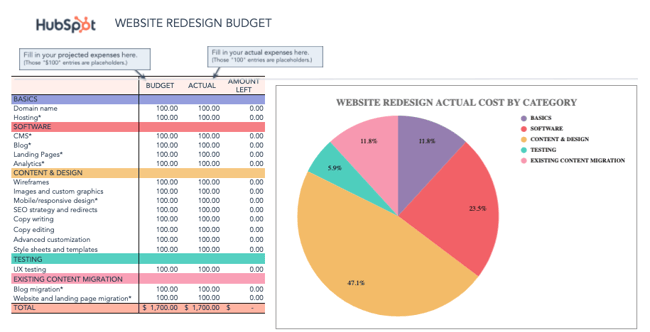
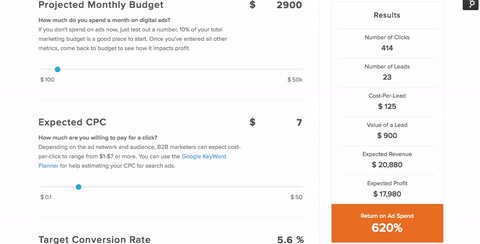
.png?width=300&name=Image%20Hackathon%20%E2%80%93%20Vertical%20(59).png)








